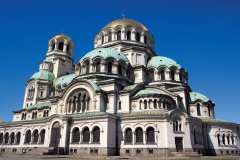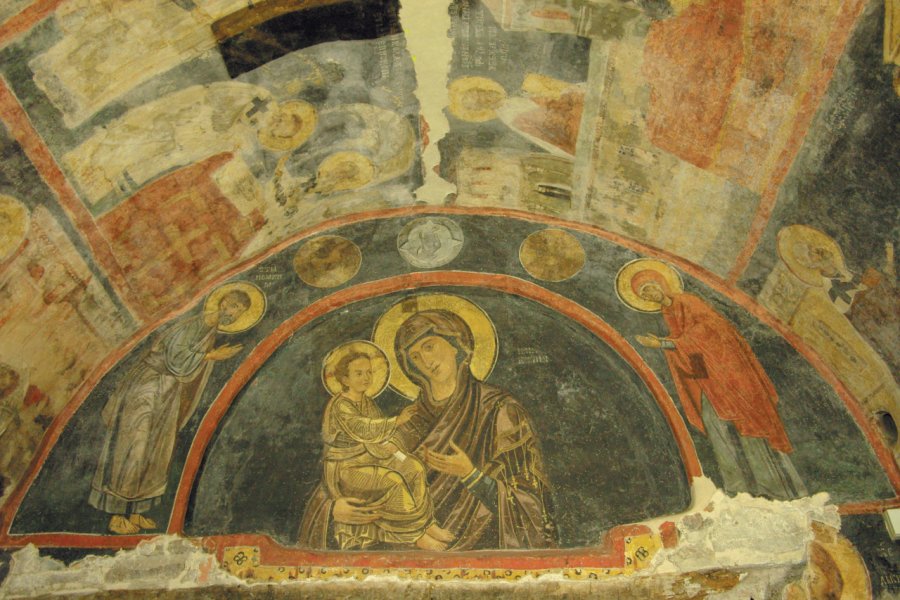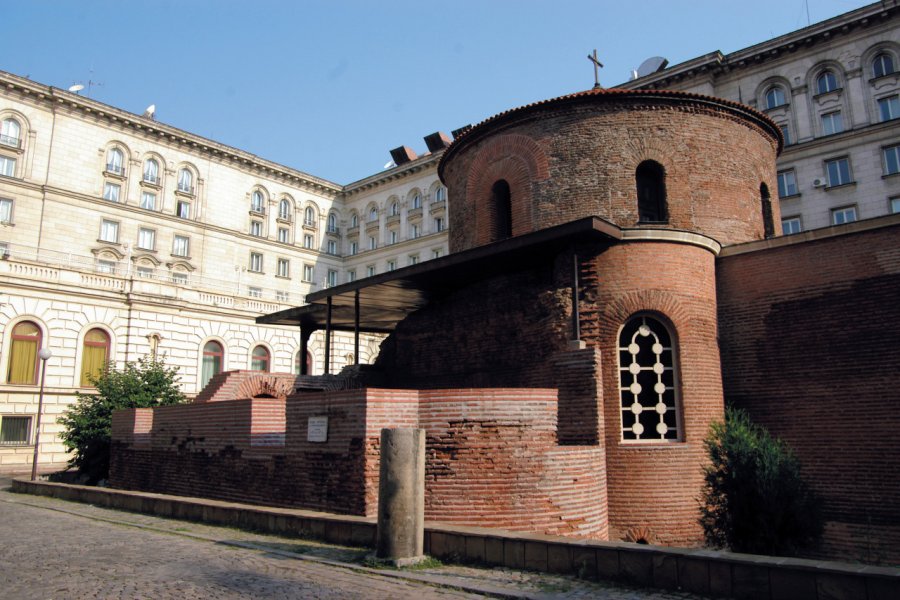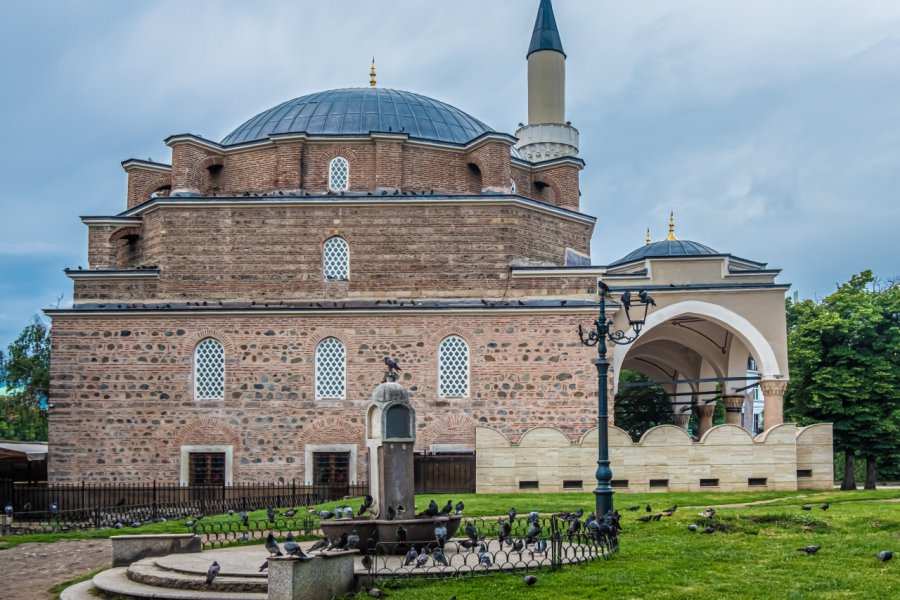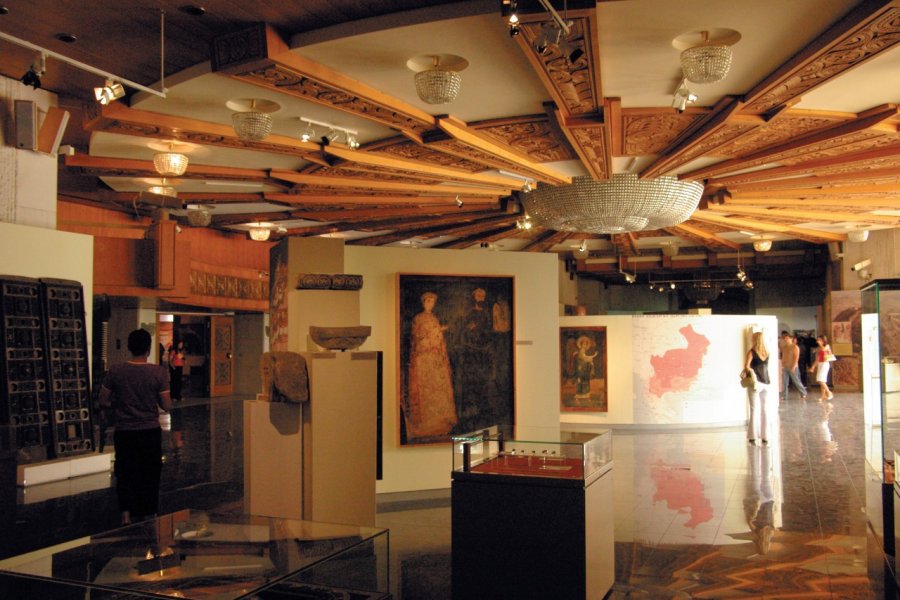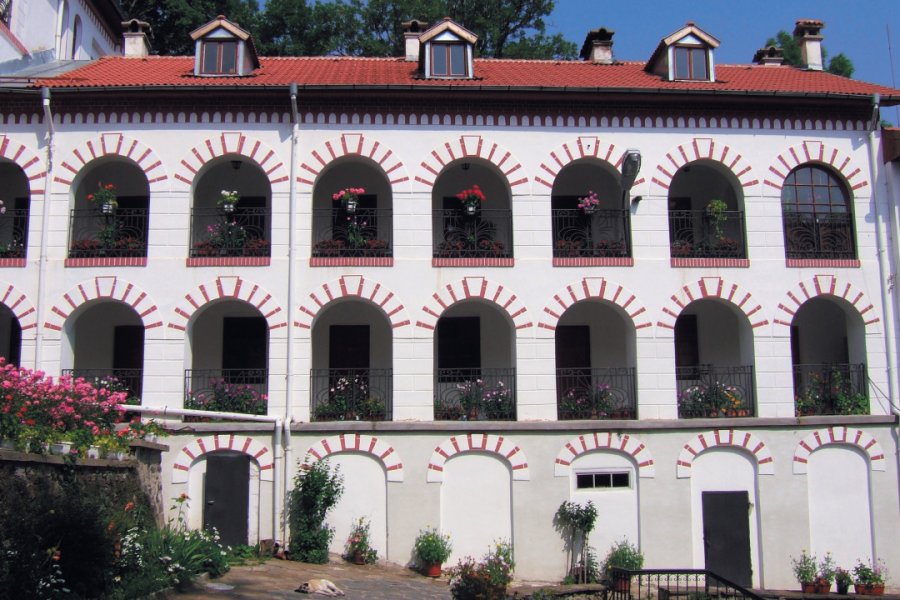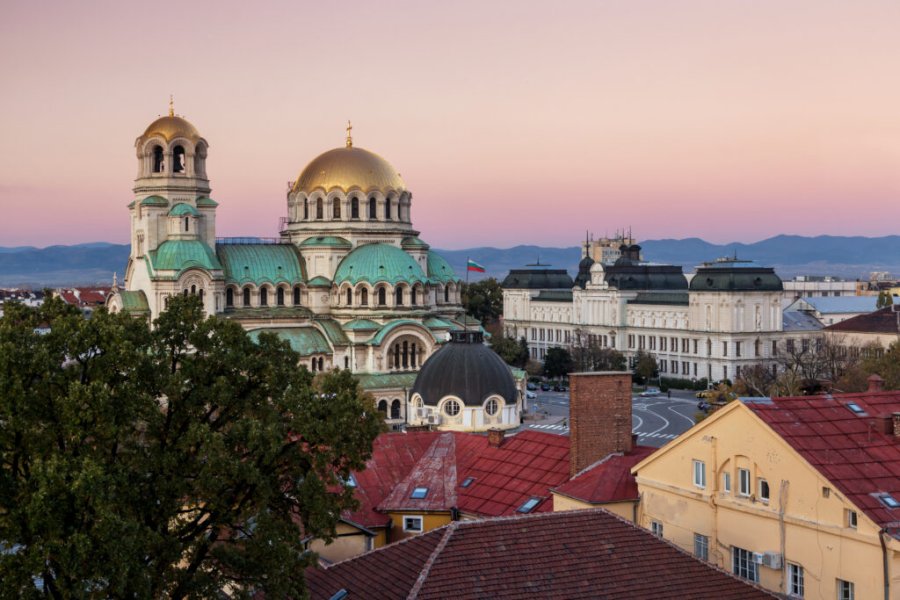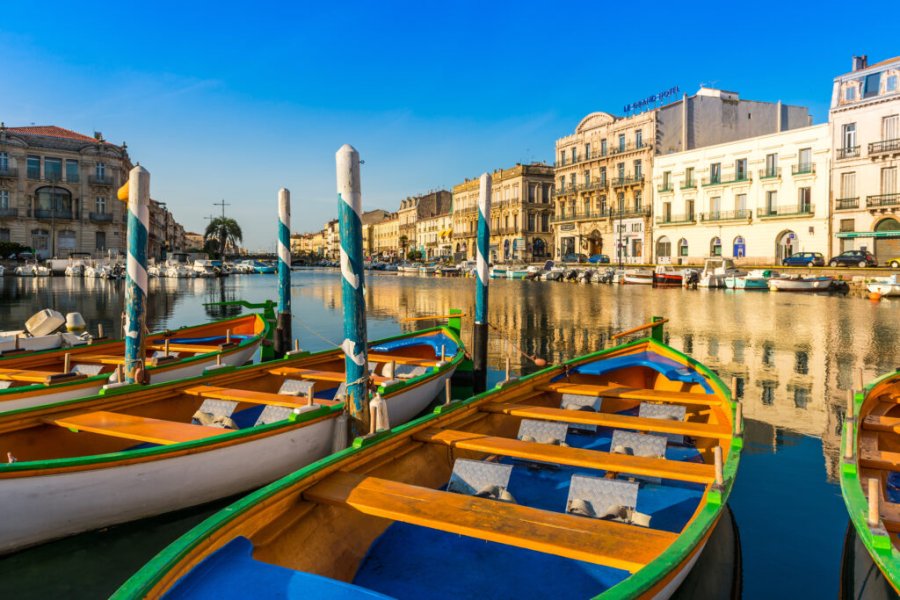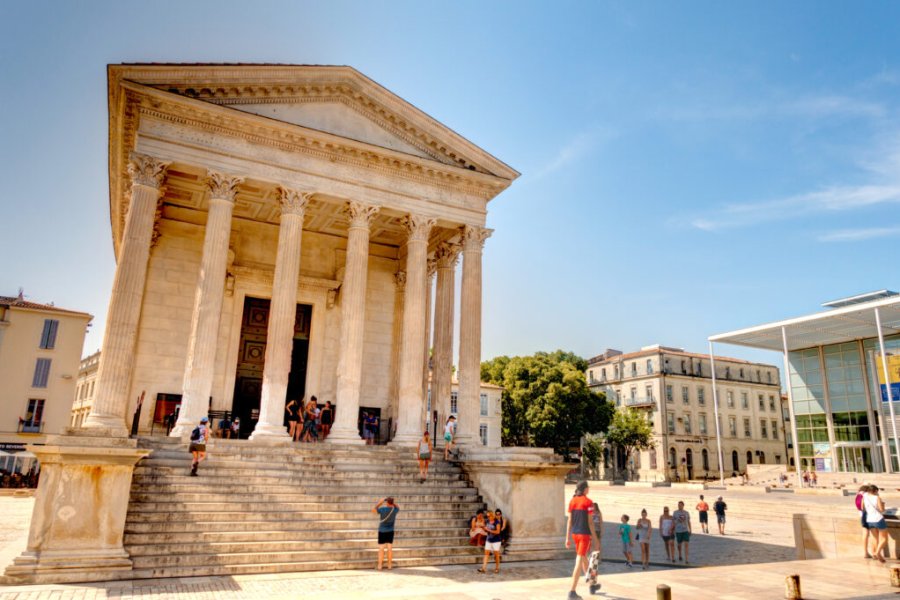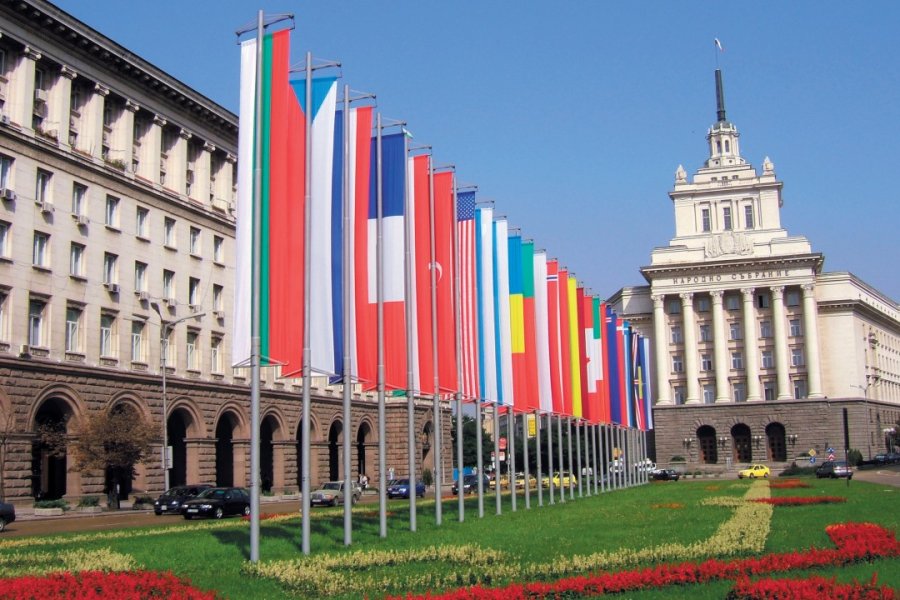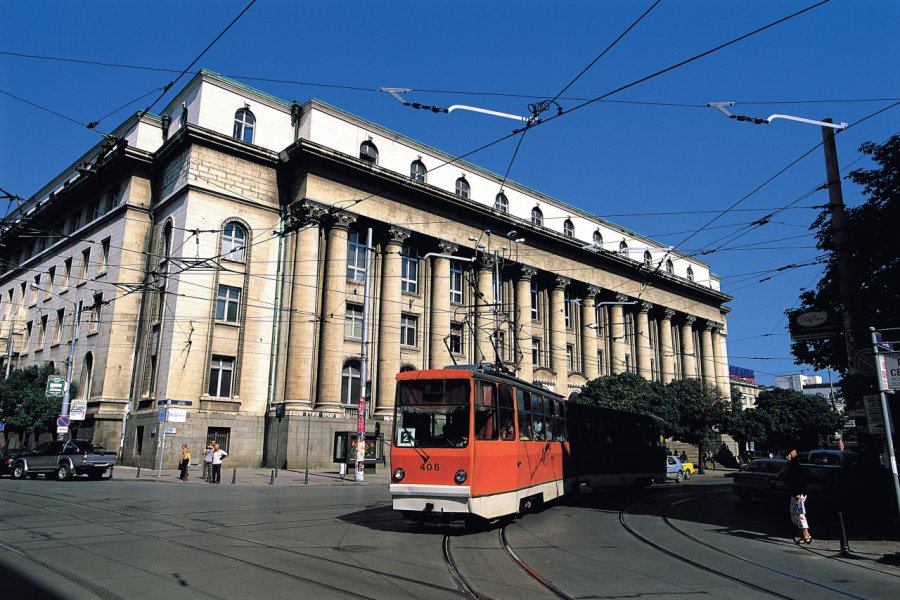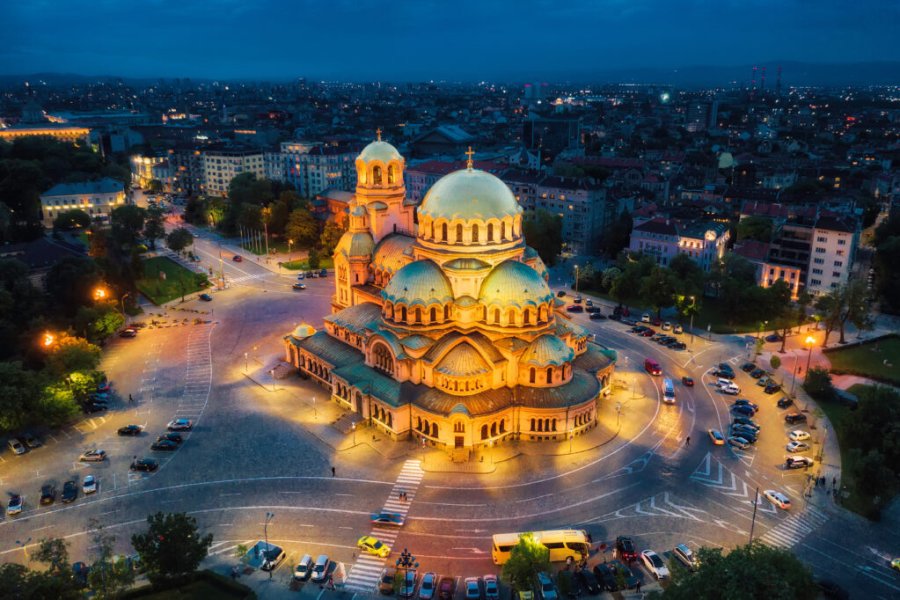Travel Guide Sofia (София)
Find an accommodation
Advertising
Nestled at the foot of the Vitocha Mountain, Sofia is the geographical centre of the Balkan Peninsula, which is why Emperor Constantine at one time considered making it his new capital, but it wasn't until 1879 that he obtained this status. Relatively small, with only 1.7 million inhabitants, the Bulgarian capital is both a pleasant and bustling city whose European atmosphere nevertheless betrays its position as the "gateway to the East". Its small city centre is ideal for walking during the day and in the evening. Although Sofia was only a simple provincial town in the 19th century, it has managed to create a real identity as a capital city and bears its eloquent motto "Grow up, but don't grow old". It owes its name to its remarkable Byzantine basilica of Saint Sophia, which should of course be visited. Sofia is worth a visit in more ways than one. Its unique, Slavic and at the same time southern atmosphere is very pleasant. Its lively city centre is attractive and full of shops and restaurants, and it is full of cultural treasures through its various museums and monuments. Its human-sized physiognomy is characterized by a mixture of European, Eastern and Mediterranean influences. With its wide avenues and tree-lined streets, the city is green and airy. The modern agglomeration is marked by the communist era and the economic boom of the 2000s, while the centre has beautiful relics of the past, from the bourgeois architecture of the national revival to the legacy of the Ottoman Empire and Orthodox Christianity. Both peaceful and lively, Sofia cultivates a gentle way of life, with its terraces of cafés and restaurants. If one wanted to sum up Sofia, one could say that it is both an ancient and a modern city. With a history of over seven thousand years, it is one of the oldest capitals in Europe. During excavations, one comes across Neolithic layers, the remains of the ancient Thracian city of Serdonpolis, the Roman ruins of the city of Ulpia Serdica and the remains of the medieval city of Sredetz, which acquired its present name because of the Cathedral of St. Sophia, and which only became a capital after the liberation of Bulgaria in 1878. In this, Sofia is a perfect synthesis of Bulgaria's inherent contrasts. A cosmopolitan city, with a thousand and one facets, combining museums overflowing with treasures, art galleries, green parks, shopping streets, domes and churches, all at the foot of Mount Vitocha.
What to visit Sofia (София)?
Advertising
Suggested addresses Sofia (София)
x 45
The best restaurants
x 95
The best hotels
x 73
The best visits
x 9
Travel agencies
x 52
The best transportation
x 35
The best outings
x 5
Sport and leisure activities
x 8
The best treats
x 1
The best care
x 9
The best stores
x 1
The best home-deco
x 23
The best services
x 6
The best events
x 58
The good plans
Weather at the moment
Advertising
Organize your trip with our partners Sofia (София)
Transportation
Book your plane tickets
Car Rental
Boat rental
Accommodation & stays
Find a hotel
Holiday rental
Find your campsite
Tailor-made trip
Immersion travel
Services / On site
Activities & visits
Find a doctor
